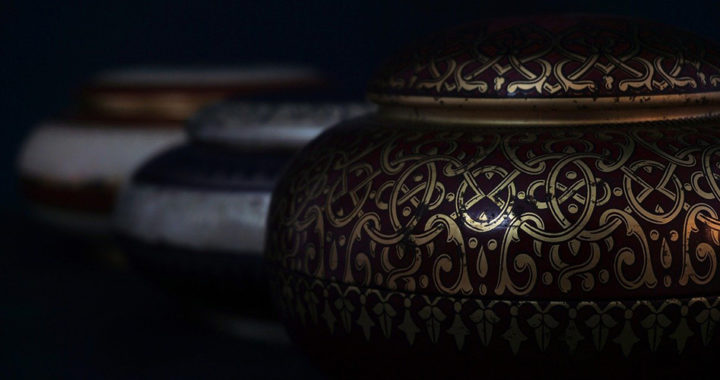Body disposal through alkaline hydrolysis involves placing the intact dead body in a pressurized vessel. The vessel is then filled with a mixture of water and potassium hydroxide. It is heated to a temperature of around 160 degrees Celsius while under elevated pressure to prevent boiling. The entire process effectively breaks down the body into its chemical components until all that remains are the solid bone remains.
A Quick Background on the Origins of Water Cremation
Historians trace the origin of water cremation to Amos Herbert Hobson, who patented a similar process in 1888 as a method of processing animal carcasses into fertilizer. In Europe during the 1990s, particularly during the outbreak of mad cow disease, health and sanitation officials used this method to dispose of infected cows. Several medical schools in the Western world have increasingly adopted this method since the mid-2000s to dispose of human and animal remains.
Note that the name “resomation” has been attached to body disposal through alkaline hydrolysis because it was first trademarked and used by Resomation Ltd. This company is one of the pioneers in developing and commercializing water cremation.
The State of Minnesota was the first to legalize this form of body disposal in 2003. Fourteen states in the United States have legalized this method by 2017. Several states and countries are in the process of legalizing and making it accessible.
The Pros: Advantages and Benefits of Alkaline Hydrolysis
The method is also known as water cremation, aquamation, biocremation, resomation, and flameless cremation. It has been promoted as a better, greener, and more cost-effective alternative to both flame cremation and traditional burial.
Below are the specific advantages and benefits of water cremation:
• One of the key advantages of alkaline hydrolysis is that it is more environmentally friendly than flame cremation. It does not consume fuel or produce emissions.
• The energy consumption is less than that of body disposal through incineration. Estimates reveal that its energy requirement is only about one-twelfth that of flame cremation.
• Furthermore, it has some of the advantages of disposal through incineration, especially when compared to traditional burial or entombment.
• Entombment has several disadvantages, including the costs associated with funeral services and owning or renting a plot of land, as well as contamination from embalming chemicals.
• Cost-effectiveness is another key advantage of water cremation because it requires less energy than flame cremation and does not require expensive funeral or burial services.
• The method also leaves whiter bone remains. Note that incineration changes the color of the bones. Alkaline hydrolysis also does not require the removal of medical implants.
• In addition, it leaves a non-toxic liquid solution comprised of peptides, amino acids, and sugars. It can be further treated and disposed of without harm to the environment.
The Cons: Disadvantages and Criticisms of Alkaline Hydrolysis
Despite the apparent promise of alkaline hydrolysis as a better alternative to flame cremation and entombment, it remains largely unpopular due to religious and legal resistance, as well as a lack of public awareness.
The following are the specific disadvantages and criticisms of water cremation:
• Some people find the green-brown tinted liquid solution byproduct repulsive because it is essentially the liquified organs and tissues of the dead body.
• The idea of using the liquified byproduct as a fertilizer or sending it down to a sewer treatment plant is off-putting to others as well.
• Other religious organizations and civic groups remain adamant in their opposition to the process. They argue that it does not sufficiently show respect for the sacredness of the human body.
• There are no laws in some states in the U.S. and other countries permitting body disposal through alkaline hydrolysis, thus making it both illegal and unavailable.
• Setting up a water cremation facility can still be unappealing to service providers. The price of a single chamber ranges from USD 90,000 to USD 450,000.
• Its costs are considerably similar to flame cremation due to limited availability. Commercialization would drive down the cost further.





